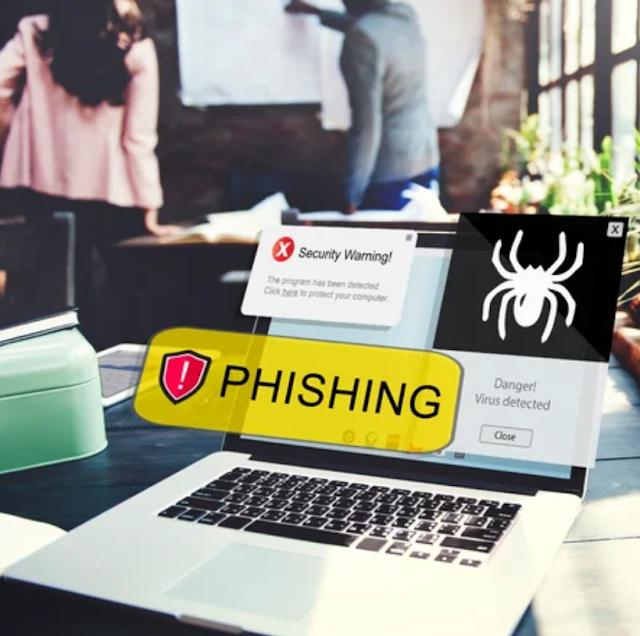How to Protect Your Computer from Phishing Attacks
Phishing attacks have become increasingly common and sophisticated, posing a significant threat to computer users' security and personal information. These attacks involve cybercriminals tricking users into revealing sensitive information, such as passwords, credit card numbers, or social security numbers, by masquerading as legitimate entities through deceptive emails, websites, or messages. Protecting your computer from phishing attacks is crucial to safeguard your personal and financial information. In this article, we will provide you with effective strategies to protect your computer from phishing attacks.
Be Vigilant and Skeptical:
Develop a healthy skepticism and remain vigilant while using your computer. Be wary of unsolicited emails, especially those requesting personal or financial information. Avoid clicking on suspicious links or downloading attachments from unknown sources.
Verify the Legitimacy of Emails and Websites:
Before providing any sensitive information, verify the authenticity of emails or websites. Check for signs of phishing, such as misspelled email addresses or URLs, poor grammar or formatting, or requests for urgent action. If in doubt, contact the organization directly through official channels to confirm the legitimacy of the communication.
Use Reliable Security Software:
Install and regularly update reliable antivirus and anti-malware software on your computer. These security tools can detect and block phishing attempts, providing an additional layer of protection against potential threats.
Keep Your Operating System and Applications Updated:
Regularly update your operating system, web browsers, and other software applications. Software updates often include security patches that address vulnerabilities that cybercriminals may exploit in phishing attacks.
Enable Two-Factor Authentication:
Whenever possible, enable two-factor authentication (2FA) for your online accounts. This adds an extra layer of security by requiring an additional verification step, such as a unique code sent to your mobile device, in addition to your password.
Educate Yourself and Stay Informed:
Stay informed about the latest phishing techniques and common scam tactics. Educate yourself on how to identify phishing emails, websites, and messages. Regularly review resources provided by reputable sources, such as cybersecurity organizations or government agencies, to enhance your knowledge and awareness.
Use a Firewall:
Enable a firewall on your computer to monitor incoming and outgoing network traffic. Firewalls act as a barrier between your computer and potential threats, helping to block unauthorized access and suspicious connections.
Be Cautious with Wi-Fi Networks:
When using public Wi-Fi networks, exercise caution and avoid accessing sensitive information or making financial transactions unless you are connected via a secure and trusted network. Hackers can intercept data on unsecured networks, making it easier for them to launch phishing attacks.
Regularly Back Up Your Data:
Create regular backups of your important files and data. In the event of a successful phishing attack or other forms of data loss, having backups ensures that you can restore your files and minimize potential damage.
Report Phishing Attempts:
If you encounter a phishing email or website, report it to the appropriate authorities or the organization being impersonated. Many email providers and web browsers have built-in reporting features to help combat phishing attacks.
By implementing these strategies, you can significantly reduce the risk of falling victim to phishing attacks. Protecting your computer from phishing attempts requires a combination of caution, knowledge, and robust security measures. Stay vigilant, keep your software up to date, and educate yourself about the latest phishing techniques to safeguard your personal and financial information.












